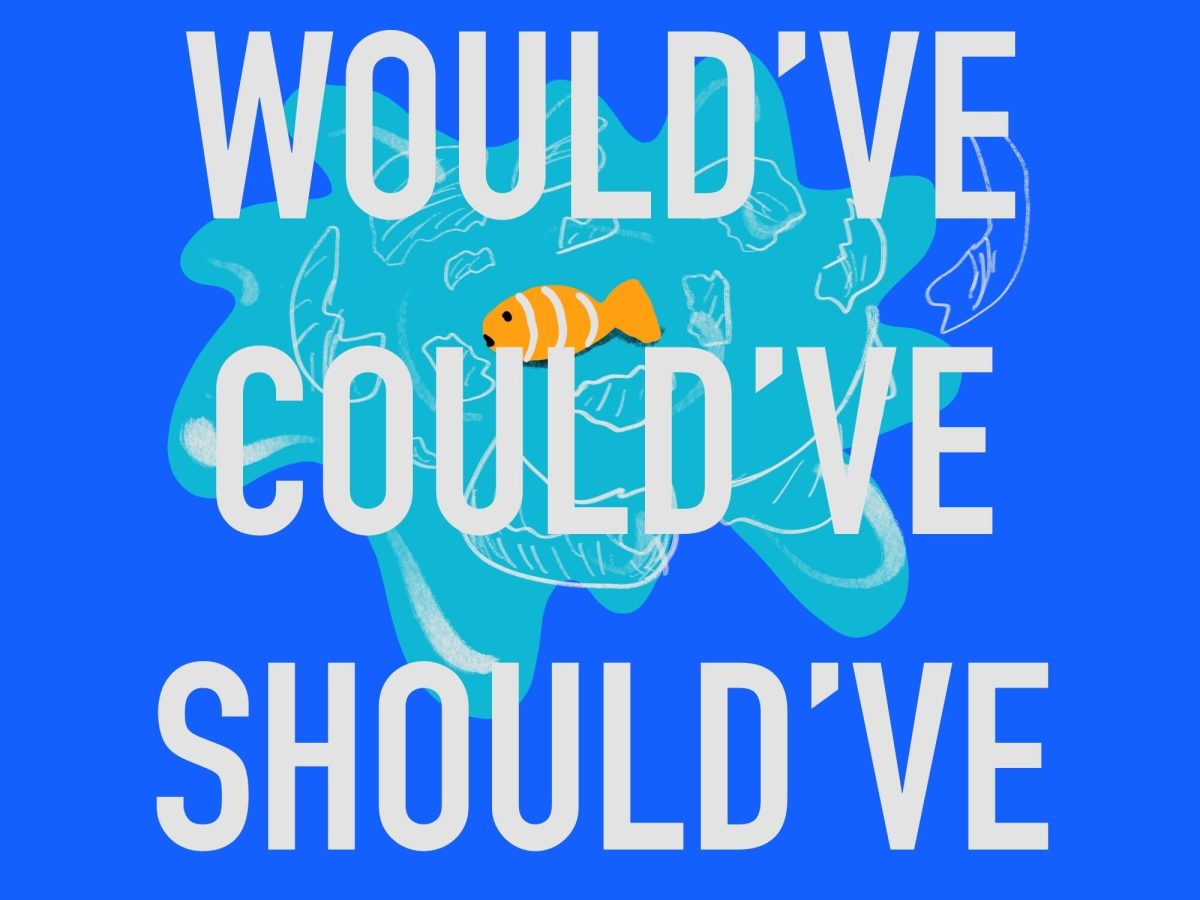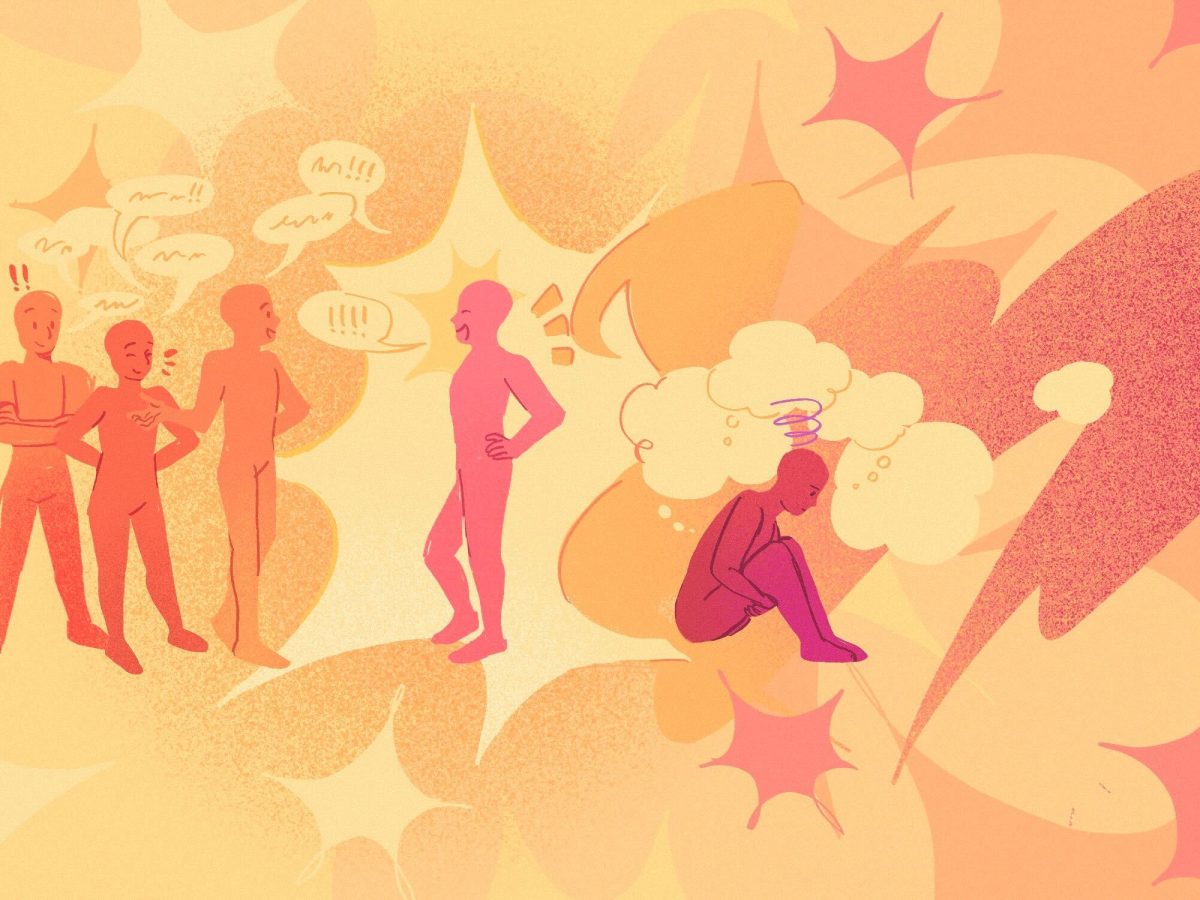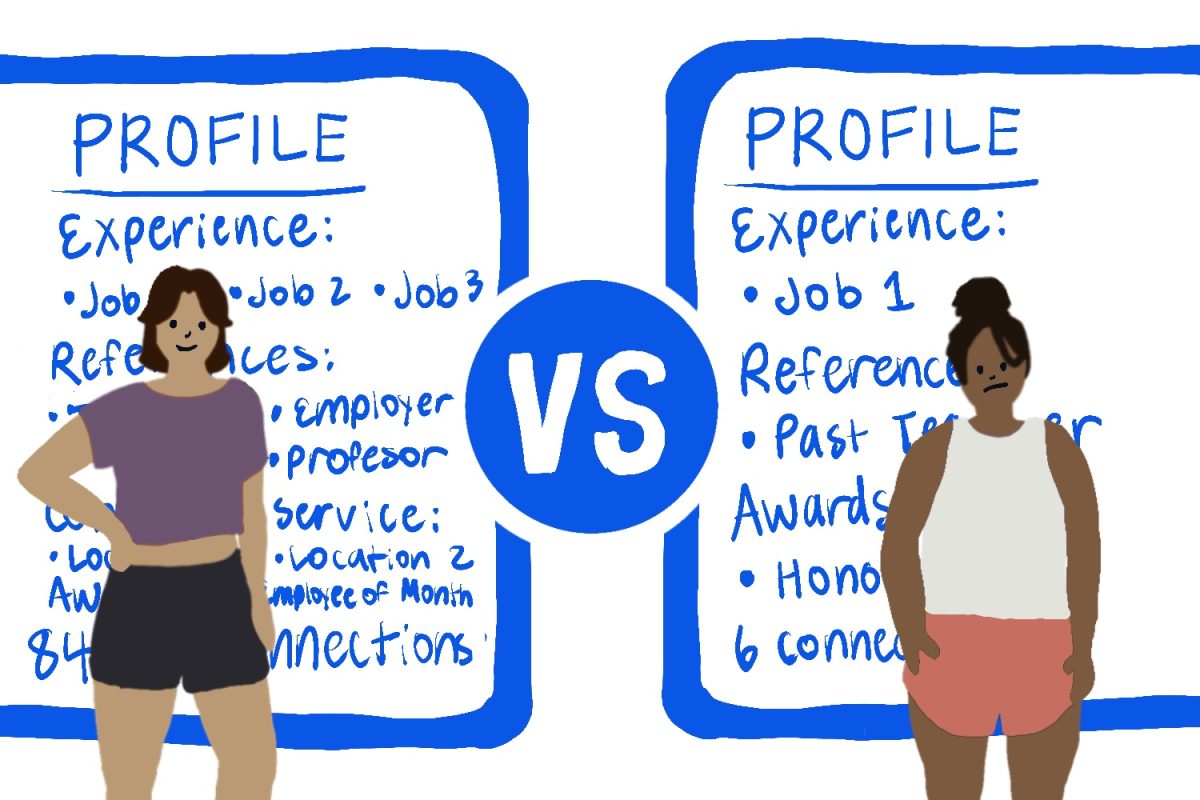Here at Boston University, it is not humanly possible to walk down Commonwealth Avenue without being hit by a potent cloud of cigarette smoke following a fellow pedestrian. Most people I have talked to accredit this new, deadly trend to the many international students on BU’s campus, and in regards to statistical proof, this does make some sense. That being said, looking around me, I have noticed that not all of these smokers seem to be international students. A large sum are people I know for a fact were born and raised here in the United States. It seems as though we live in a society too developed for cigarette smoke to cloud our studious inhibition. I can’t help but ask myself this: why do young people still smoke after all the perverse and stigmatizing efforts?
Ignorance is no longer an answer to this question. Everyone, even the retreatists of society, know that by now, smoking causes lung cancer and lung cancer kills. The expression “smoking kills” isn’t news to any of us, and certainly not to the culturally and intellectually competent young women and men of BU. Looking deeper into the idea, I discovered that like many trend comebacks, the proof is all in the media. I took the opportunity to coin the phenomenon “pulp fictionism.”
Along with the rise of smokers on this college campus, there seems to also be a resurgence of appreciation for the 1994 movie “Pulp Fiction,” which follows the glamorous story of philosophical hitmen and gangsters. Frat boys and alternative girls alike seem to all sport a trendy movie poster on their dorm room walls displaying the infamous Mia Wallace with a cigarette dangling from her ruby red nails, its smoke elegantly framing her face. The appeal is obvious. Every hardly-20-year-old wants to be a cute, commanding and wildly unstable Mia.
Another example is the more cliché and modern film, “The Fault in Our Stars,” in which Augustus Waters frequently flaunts an unlit cigarette between his lips, claiming that it’s a metaphor with his infamous statement: “You put the killing thing right between your teeth, but you don’t give it the power to do its killing.” It is clear why the cigarettes are such an important aspect of his character — he’s the hipster bad boy who seems to see death as something whimsical, an attitude that is making a huge comeback in our current youth culture.
In modern entertainment, it is clear that cigarettes are depicted as character-building, incredibly sexy and superbly edgy tools, aiding people in not fitting in. It’s a complicated paradigm. People adopt smoking as a device of conformity, while the status quo is to stand out and break the rules. Sponsored by Tumblr, this idea of a revival of the “punk” movement perfectly coincides with the new coolness of not caring, not to mention the trendiness of anxiety and being socially inept.
In theatre, cigarettes are rarely used outside of period pieces where their sole purpose is to be historically aligned. However, when they are used in current pieces, they help portray a character that bleeds angst, anxiety and shaky insecurity. In music, cigarettes are present in so many song lyrics that you would think it was a larger epidemic, when in reality under 15 percent of Americans are smokers, a percentage that is declining.
We need to snap out of this wonderment with tobacco before the statistics start reversing.



















































































































